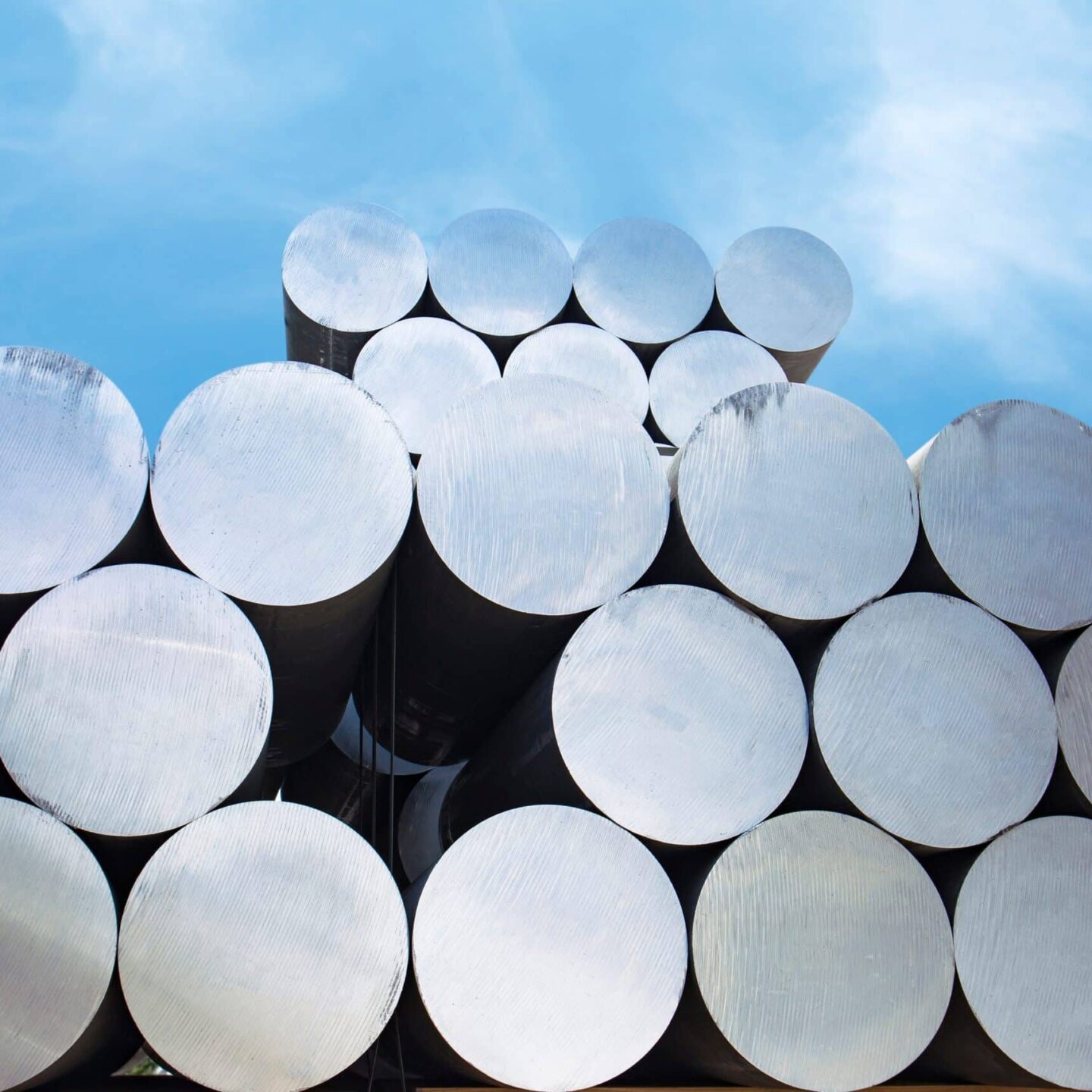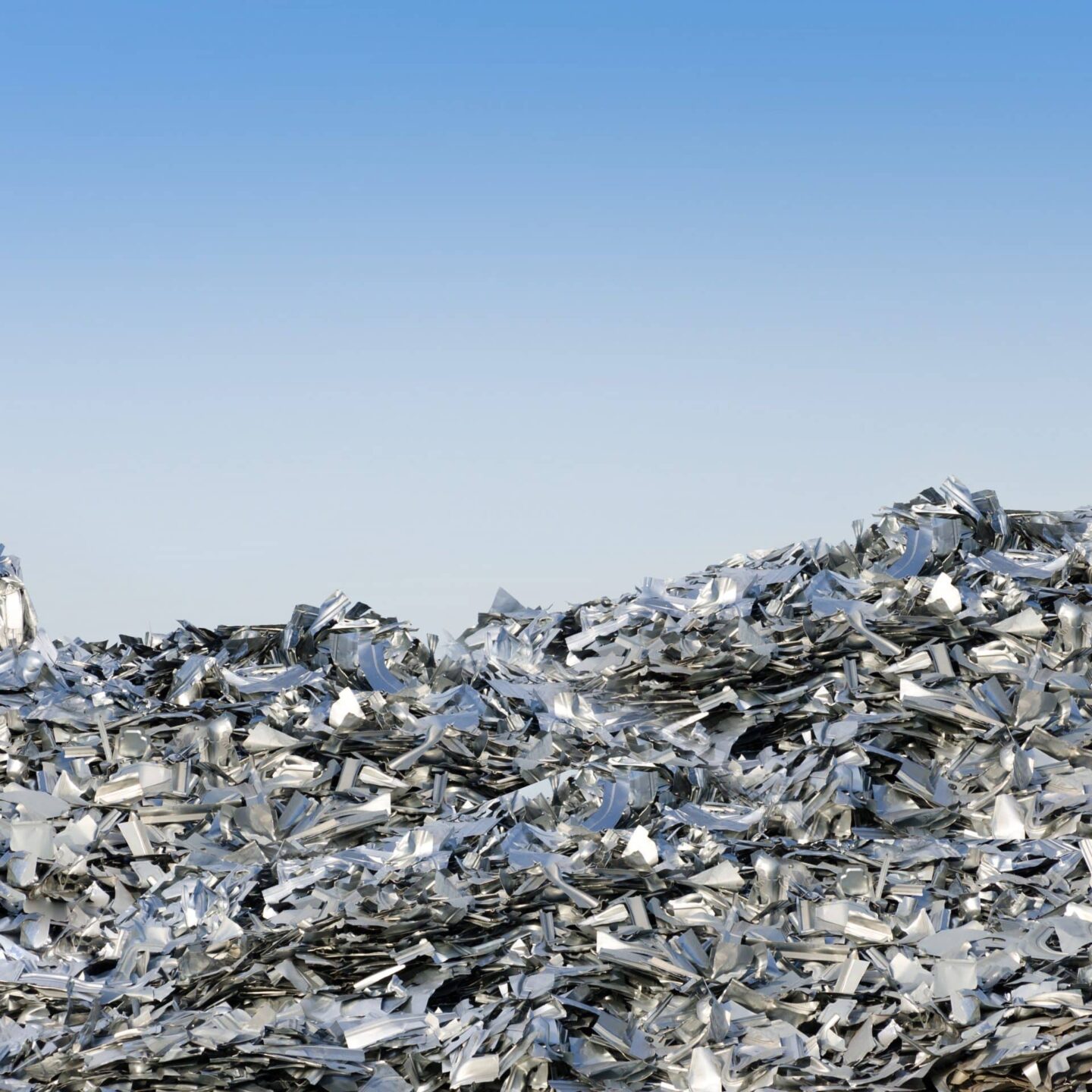This report presents the findings from the CM Group’s comprehensive assessment of aluminium usage in China’s auto industry.
Over the period to 2030, China’s automotive sector is likely to undergo a substantial transformation, shifting from Internal Combustion Engines (ICEs) toward New Energy Vehicles (NEVs). As a material of choice amongst China’s auto producers to reduce kerbside weight, aluminium is well-positioned to take advantage of the transformation.
The study looks at aluminium in passenger vehicles, commercial vehicles (buses and trucks), special-duty vehicles, 2-wheel and 3-wheel bikes.
Despite the outlook for ICE vehicle numbers remaining flat, weight-savings are likely to increase the intensity of use and drive higher volumes. We forecast aluminium usage in China’s automotive sector to increase from an estimated 3.8 Mt in 2018 to 9.1 Mt in 2030, representing a CAGR of 8.9%.
This Assessment includes a Report, Executive Summary and Database.





